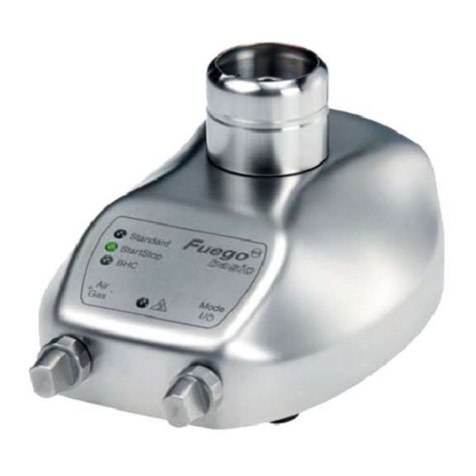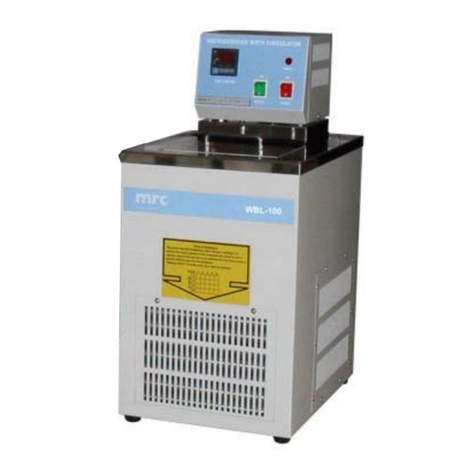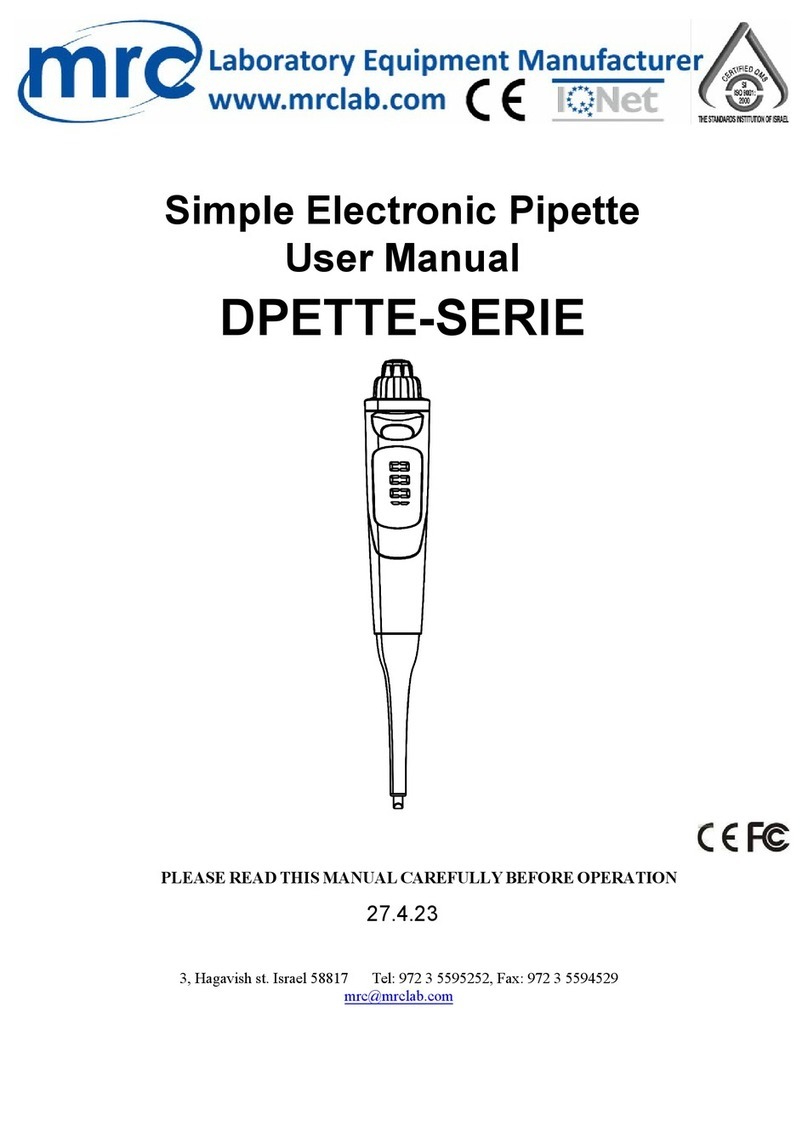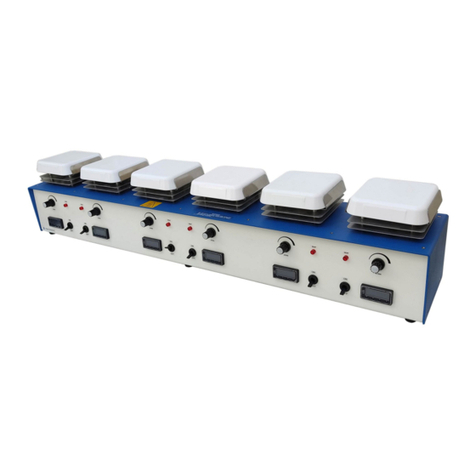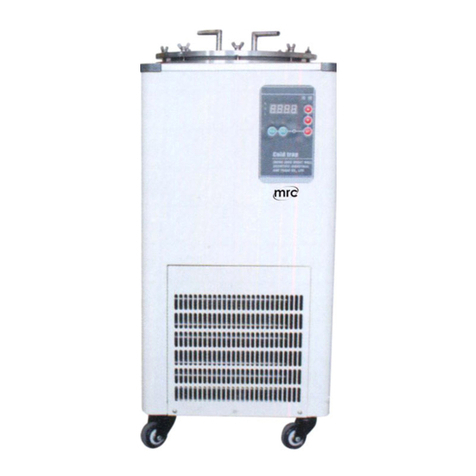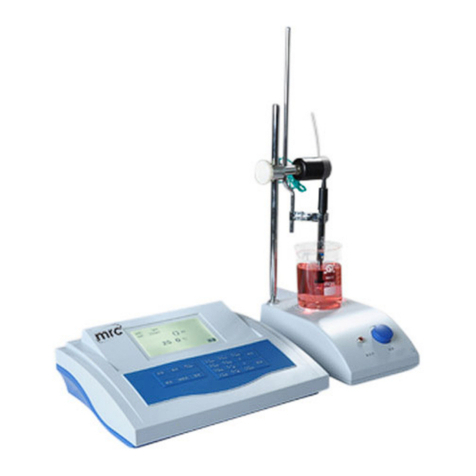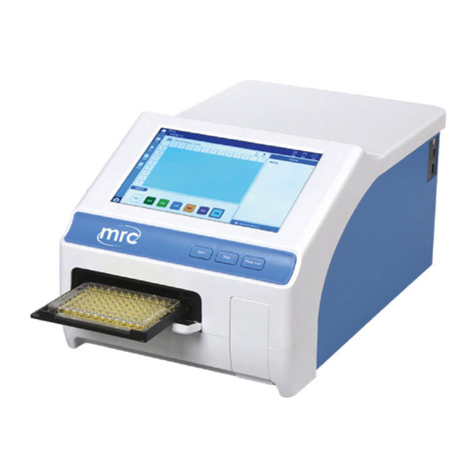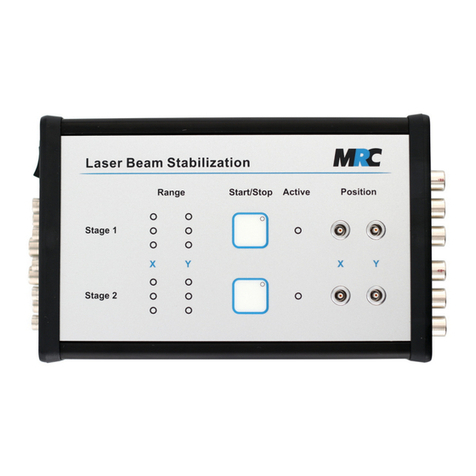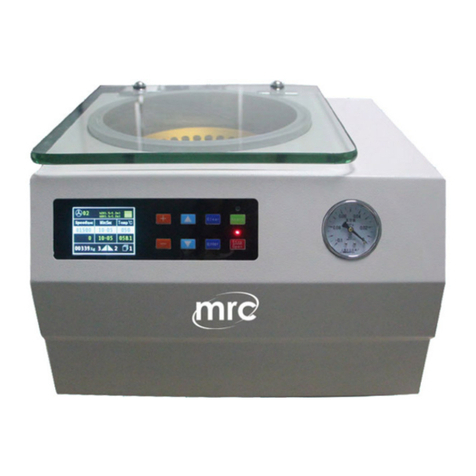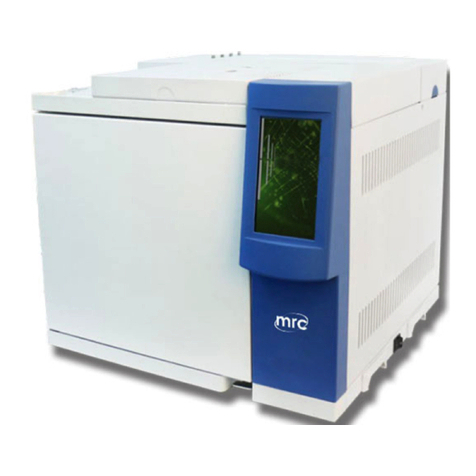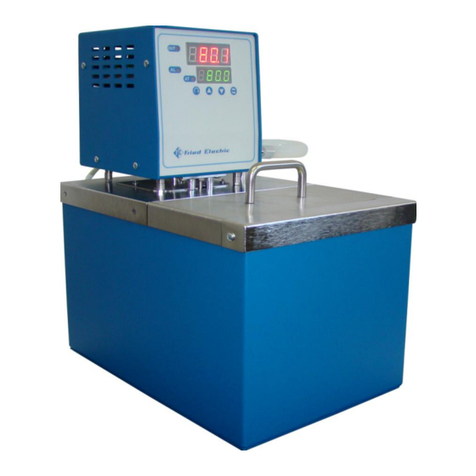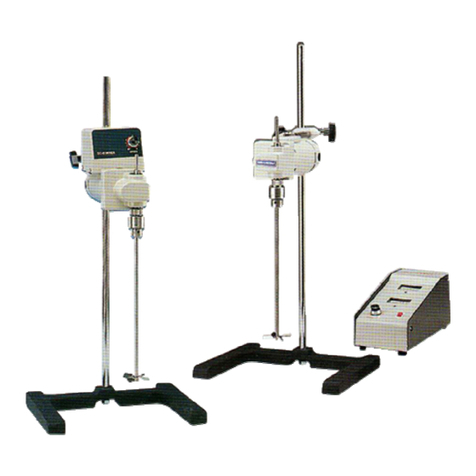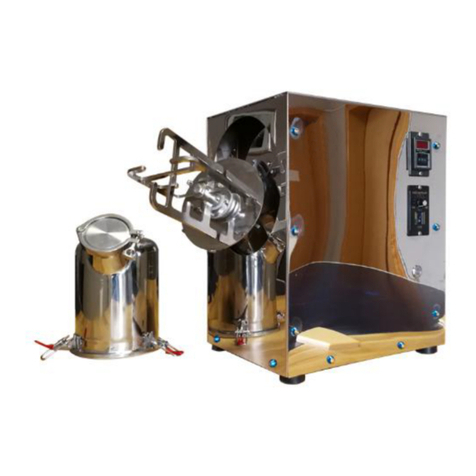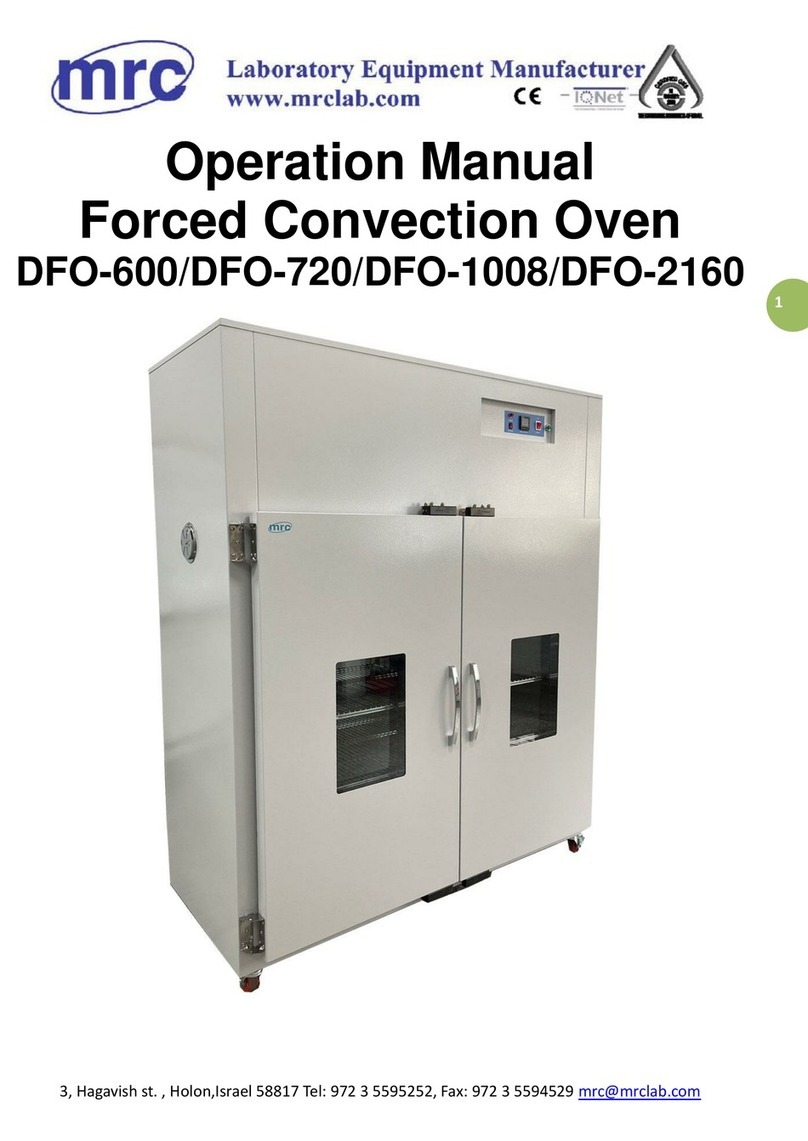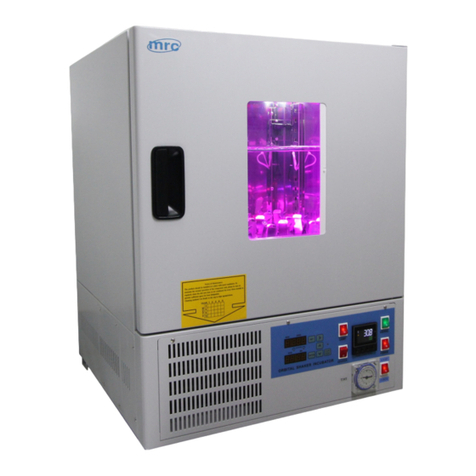
6
•The glass assembly’ design pressure tolerance is 10mbar. The venting valve
(see the part of “Testing”) must be opened before heating and once again after
cooling. When performing vacuum distillation, the steam must be condensed
before release or released safely.
If the residue after distillation is likely to be decomposed when exposed to
oxygen, please add only gas for stress release into it.
•Warning! Please be careful be avoid the formation of peroxides, as the
decomposition of peroxides accumulated in the distillation process might result
in explosion.
Please protect any liquid forming peroxides from ray of light, especially
ultraviolet irradiation. Please be careful to examine formation of any peroxides
before distillation and to remove the peroxides if any. Many organics are easy
to form peroxides, such as methoxypyridine, diethyl ether, dioxane,
tetrahydrofuran, unsaturated hydrocarbostyril, such as tetrahydronaphthalene,
diene, isopropylbenzene, ketone and solutions of the aforesaid substances.
•Warning! The heating bath, heating medium, evaporating flask and glass
assembly might become hot in the operation process and remain hot for a
while after stop of the operation! Before further operation, please let each part








